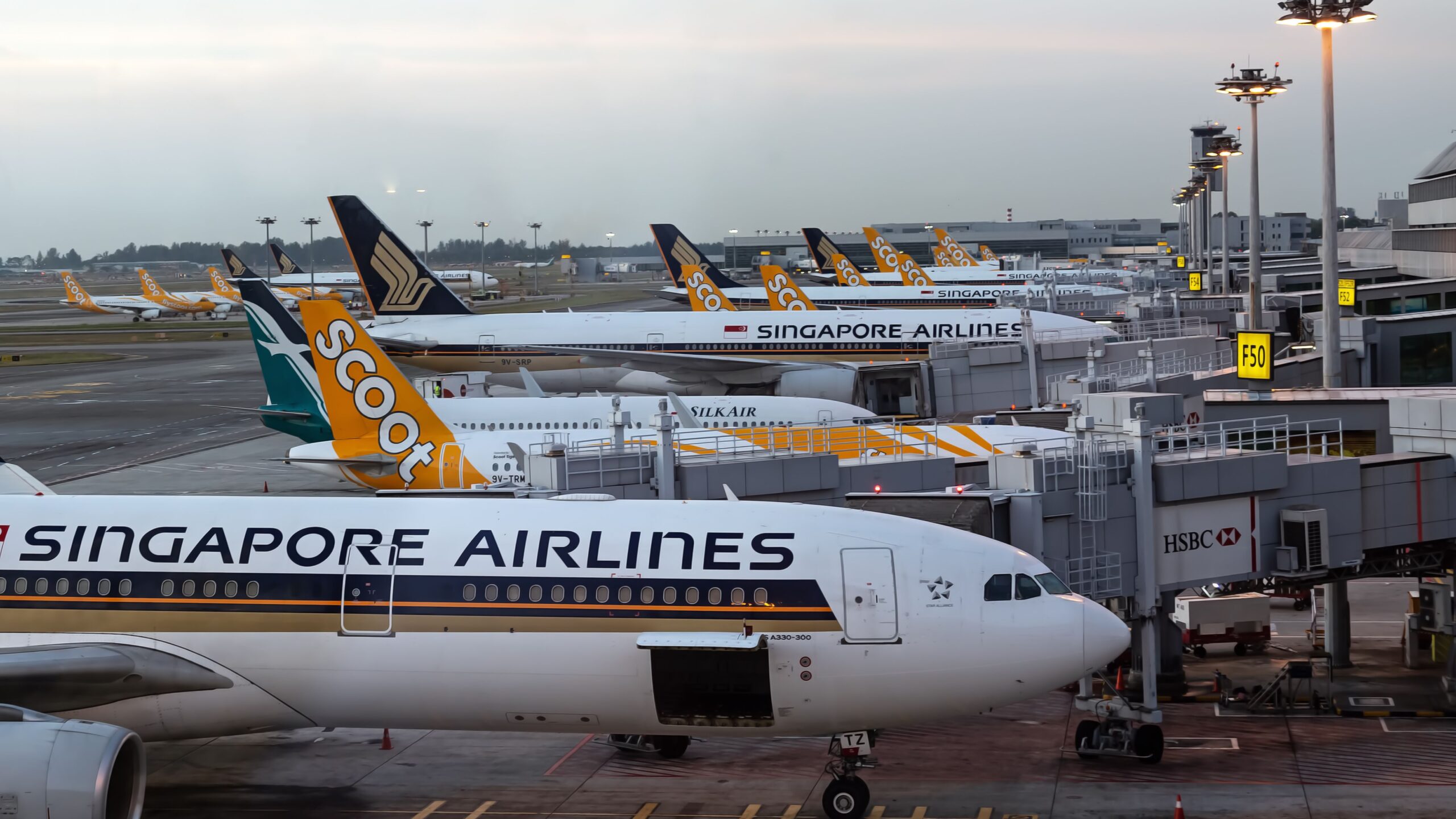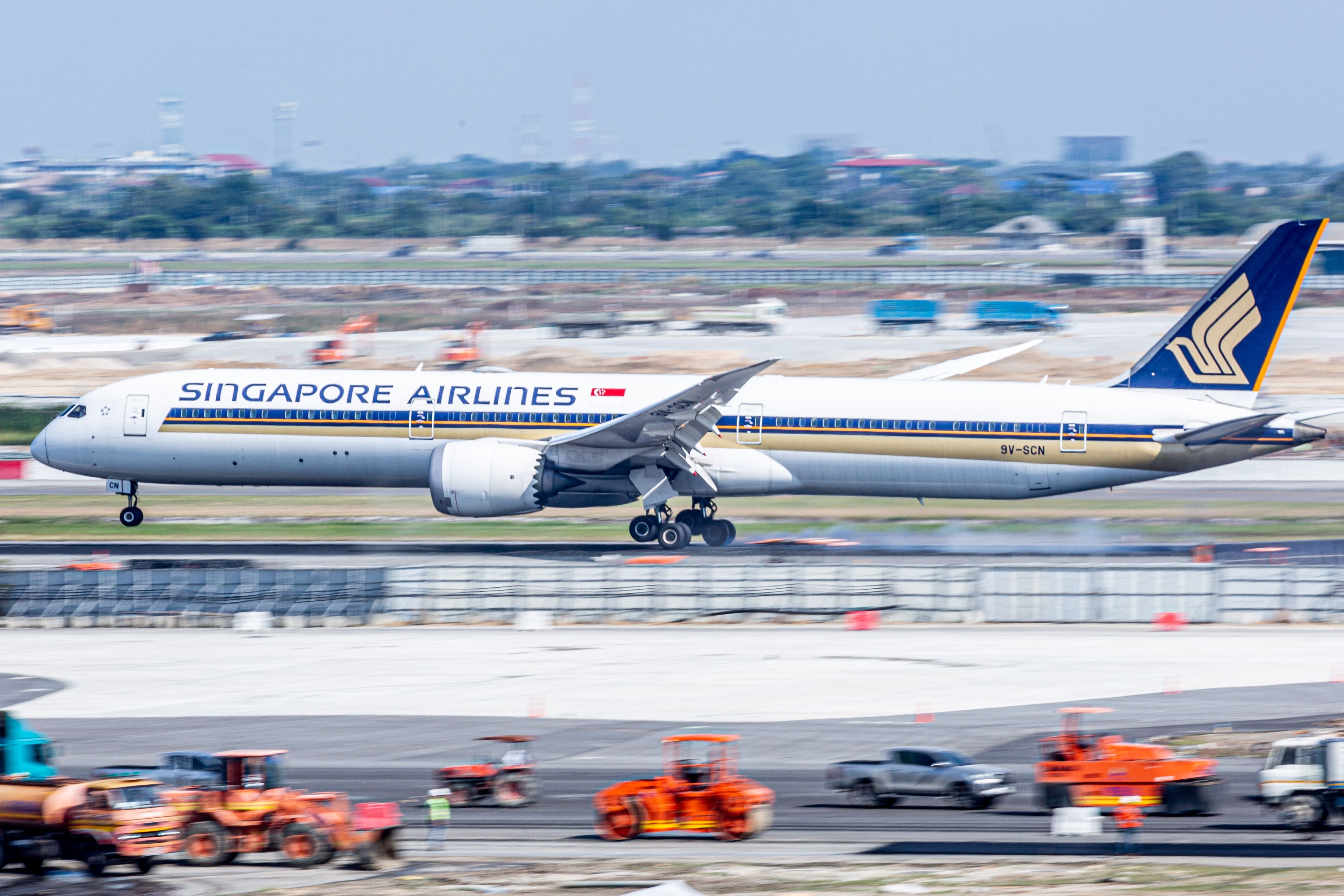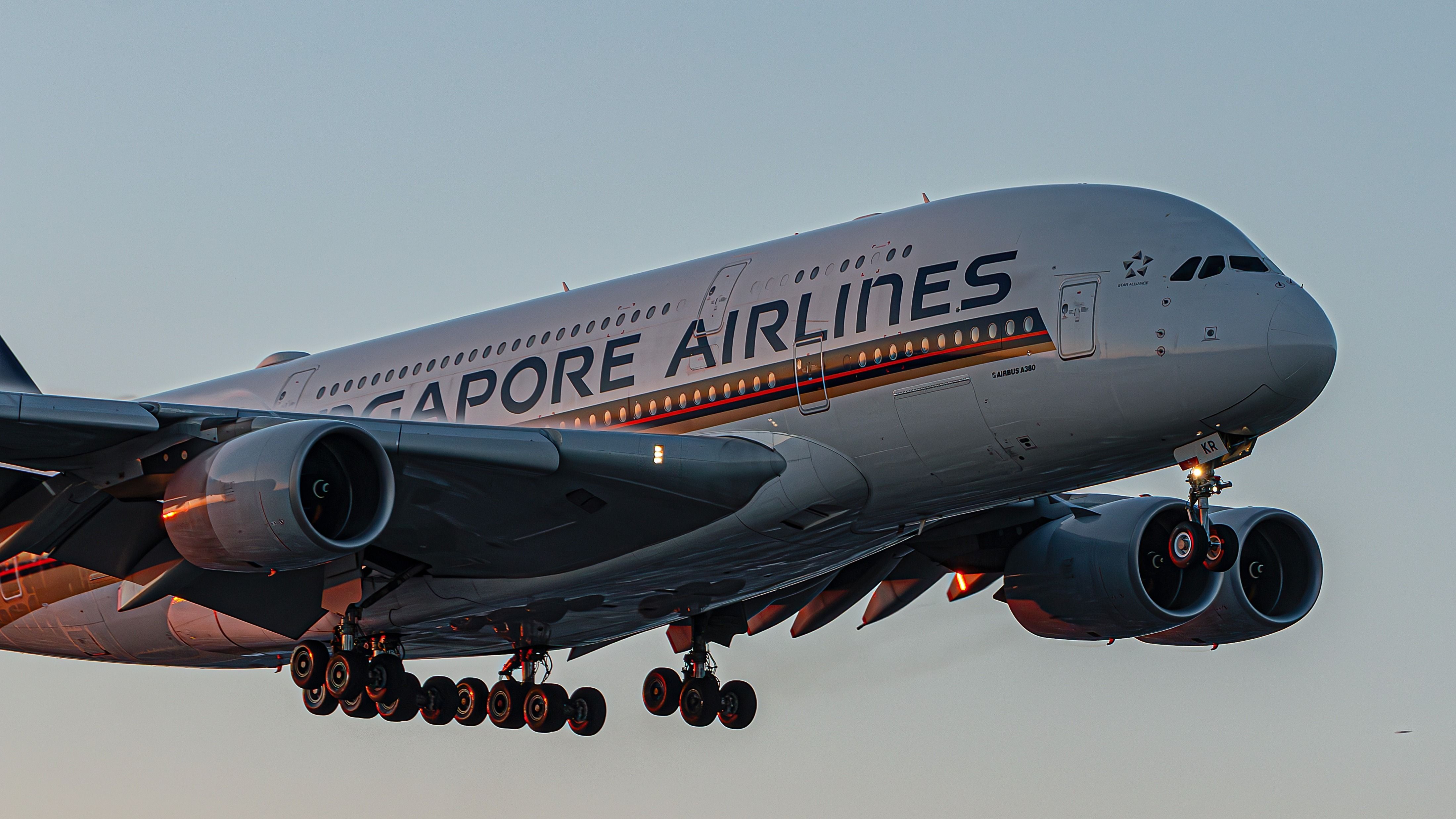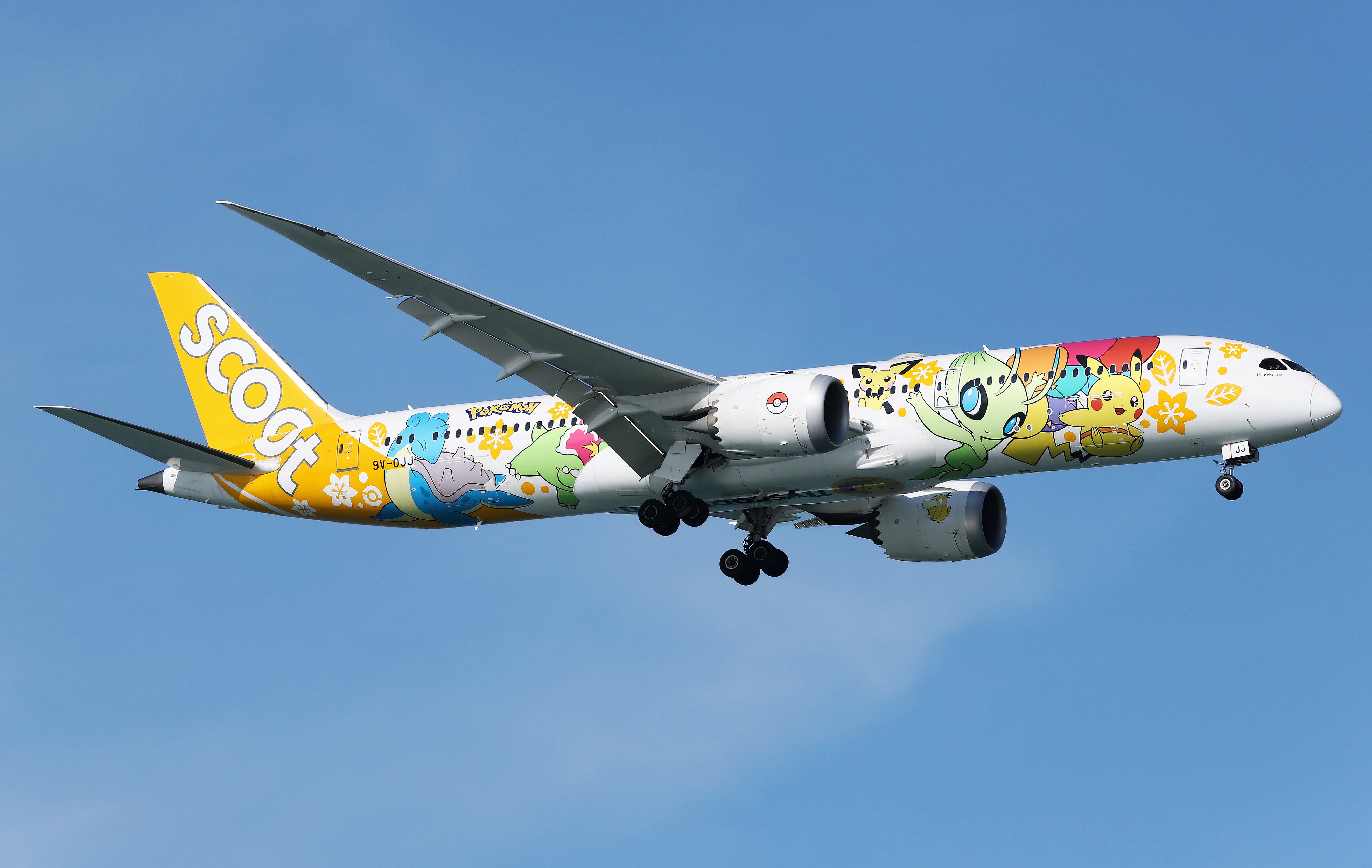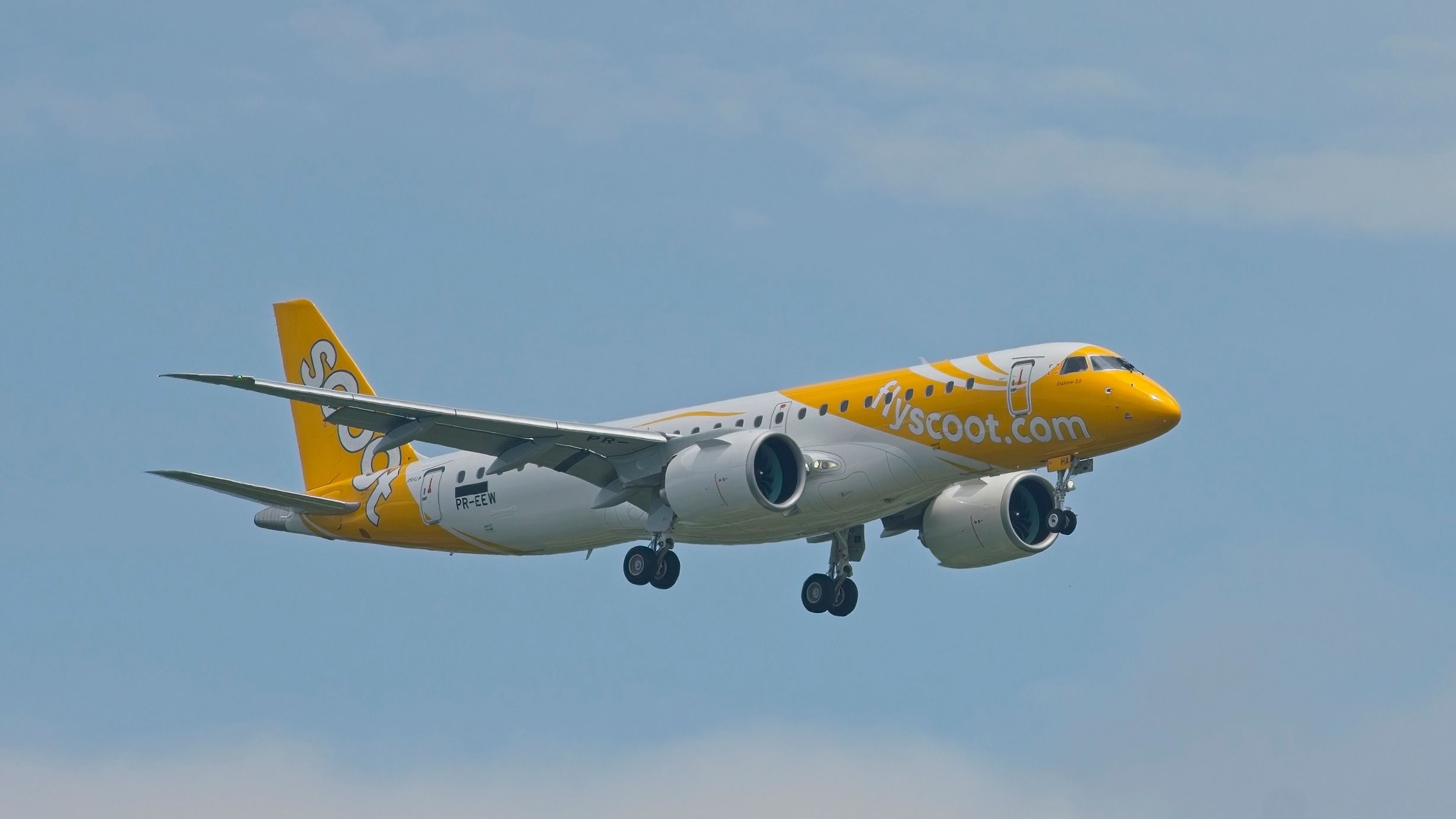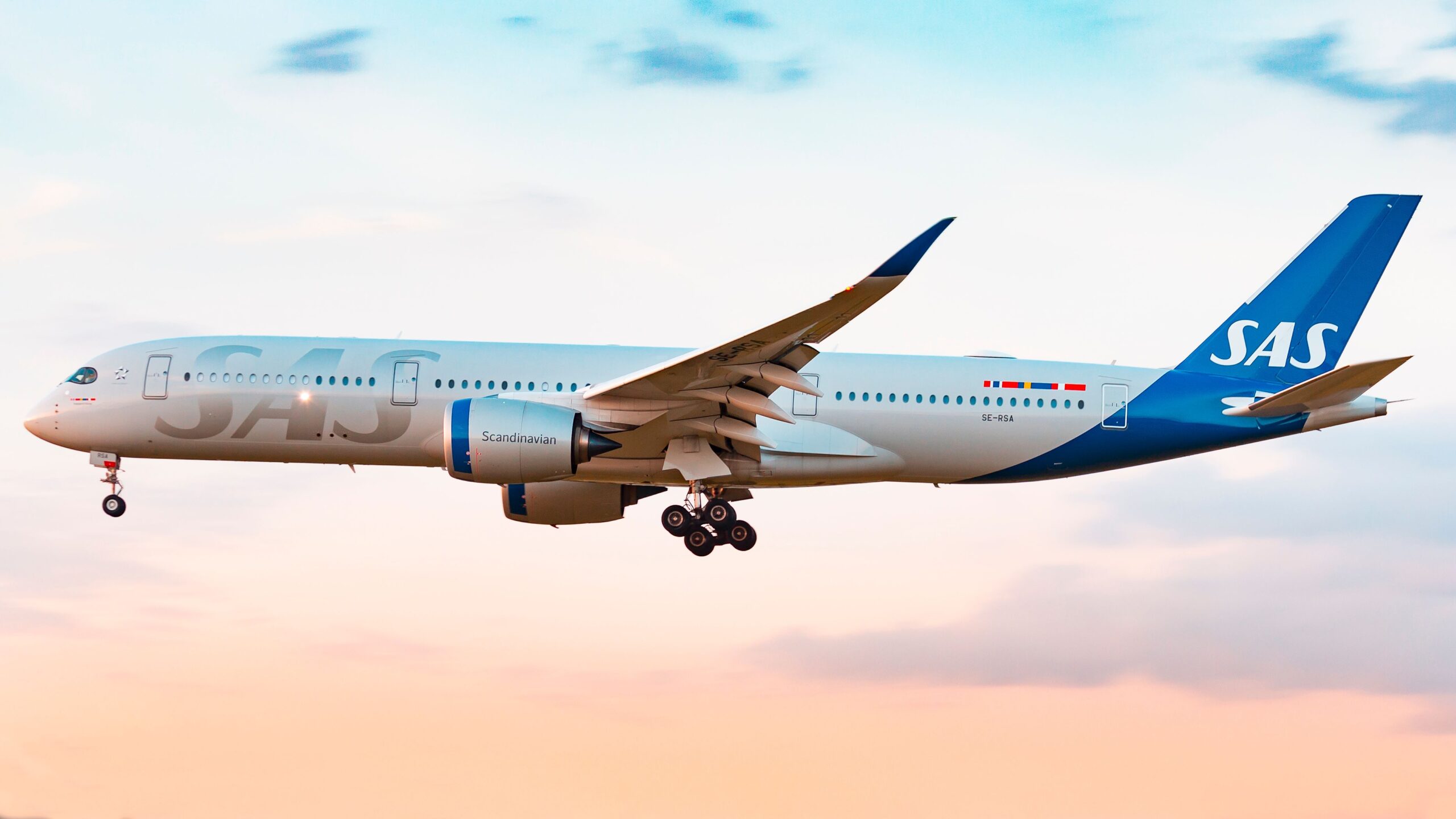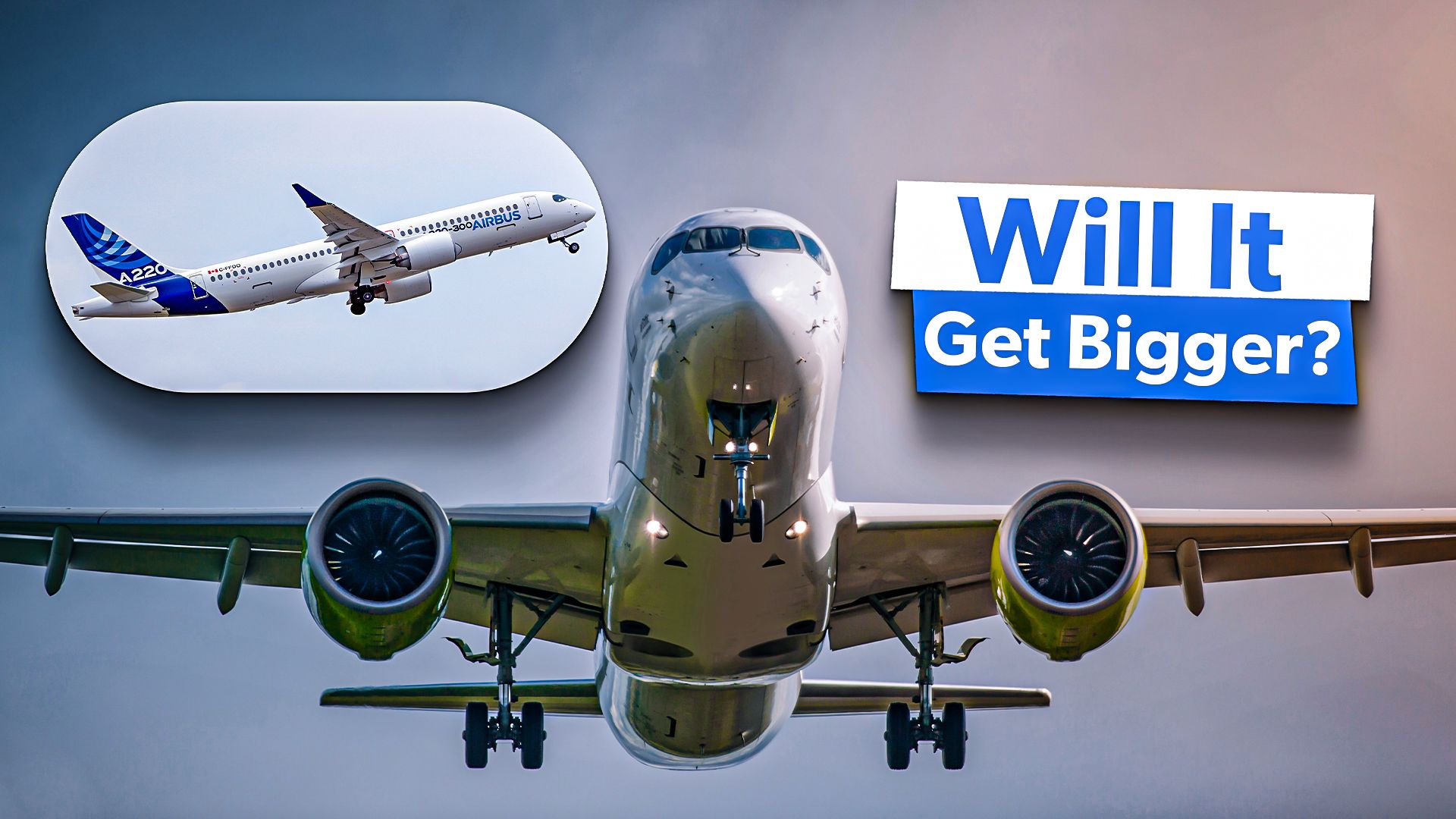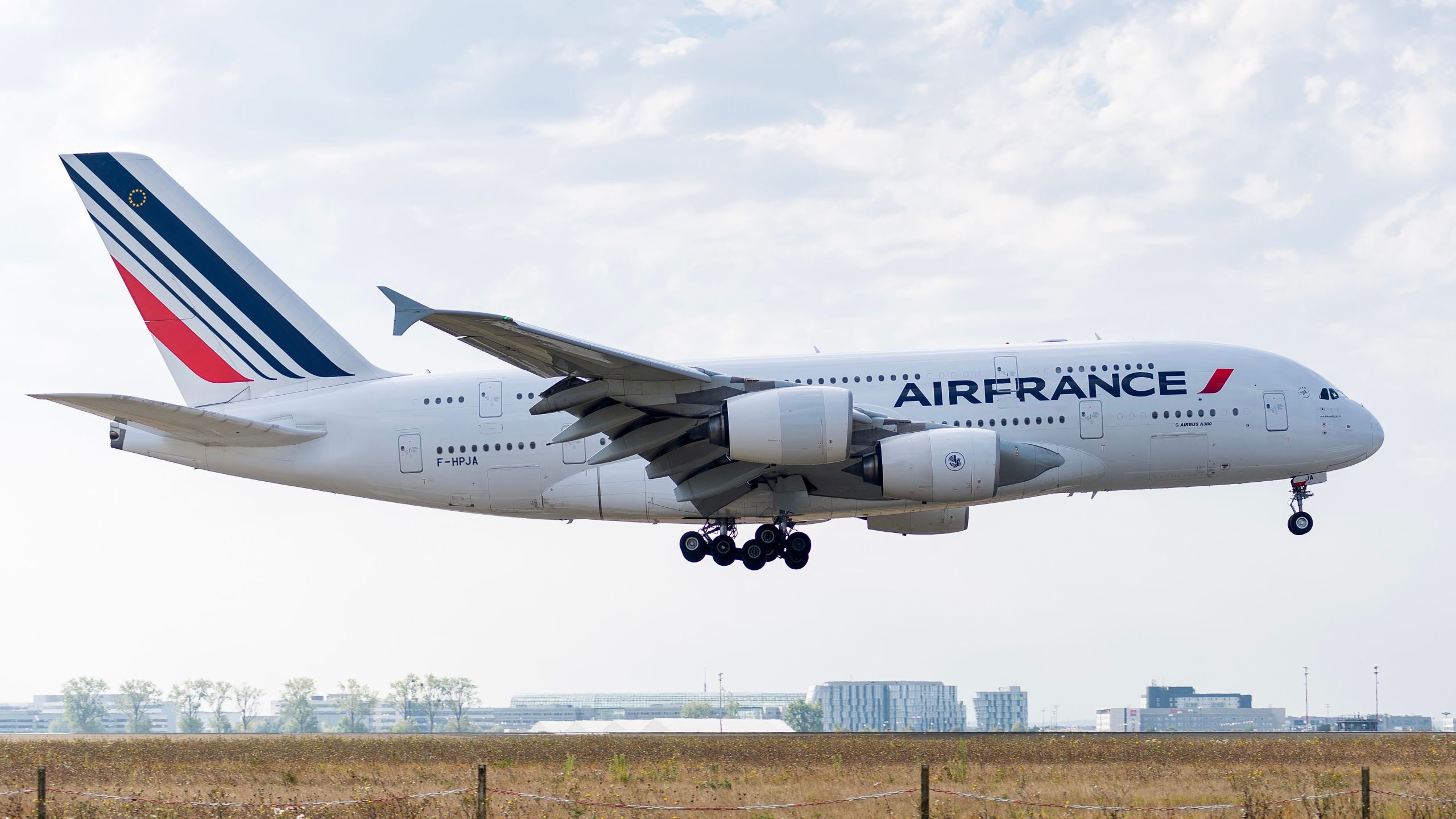The Singapore Airlines Group is looking more and more like a snowball gathering speed and getting bigger as it hurtles down a mountain. In August, the Group, which includes Singapore Airlines and Scoot, carried 99% of the passengers it had in August 2019 and is operating at 99% of its pre-pandemic capacity with a passenger load factor of 85.7%.
Where are the gains coming from?
In August, the Singapore Airlines Group carried 3.27 million passengers, a 9.4% gain year-on-year (YoY) and 99% of the 3.31 million it carried in August 2019. The Group increased capacity, as measured by available seat kilometers (ASK), by 10.8% YoY and with revenue passenger kilometers (RPK) rising by 7.7%, the passenger load factor fell by 2.5 percentage points YoY.
Photo: Komenton | Shutterstock
For the second consecutive month, the Group has solidified its post-pandemic recovery and has restored nearly all of its performance metrics to 2019 levels. Most airlines in the Asia-Pacific region are seeing their markets soften, and with overcapacity creeping in, there is much more pressure on pricing than at the same time last year, although that is welcome news for customers.
The key to success has been the skillful management of returning grounded aircraft to service and putting them back on historically successful routes. Scoot has been adept at hunting out new routes that were crying out for a reliable low-cost carrier to emerge, while Singapore Airlines (SIA) has been disciplined in adding new routes but aggressive in known regions, such as Australia, where it now operates more than 130 weekly services.
Photo: Jarek Kilian | Shutterstock
SIA has also managed its fleet excellently, mixing and matching routes and aircraft to find the right model that works in this post-COVID environment. For example, the full-service airline uses six different aircraft to service seven Australian cities, deploying Airbus A380, A350-900 and A350-900MH aircraft and Boeing 737 MAX 8, 787-10 Dreamliner and 777-300ER airplanes on those routes.
The regions that are delivering for SIA and Scoot
Last month, Singapore Airlines carried 2.17 million passengers at a load factor of 84.9%, a gain of 14.0% on the 1.90 million carried in August 2019 at 87.0%. The load factor fell because SIA increased capacity by 13.9%, but RPKs increased by just 11.1%, reflecting the softening in demand as more capacity comes onto the market, particularly from China and Northeast Asia.
Photo: Mochammad Ray Kahn Ariga | Shutterstock
SIA reports load factors by five regions, which produced an overall load factor of 84.9%. All of the segments fell below 2023 levels as capacity ramped up, with the highest being Europe with 88.7%, followed by the Americas (88.6%), South West Pacific (86.9%), West Asia and Africa (81.4%) and East Asia (80.0%).
Scoot has been the standout performer since markets reopened, and in August, it carried 1.10 million passengers at a passenger load factor of 88.8%, down 3.3 percentage points YoY. Scoot has leveled off, with passenger traffic up by 1.5%, capacity up by 0.8% and demand down by 2.8% leading to the reduced load factor.
Photo: DLeng | Shutterstock
Looking at the load factors by region, Scoot reported 91.1% for the rest of the world, which includes Australia, and 88.1% for both East Asia and West Asia. These two airlines have had another strong monthly performance, and they have set the pace for the rest of Asia-Pacific airlines to follow for the last two years.
At the end of August, the Group’s passenger network covered 125 destinations in 36 countries and territories. Of those, Singapore Airlines operated to 78 destinations and low-cost carrier Scoot served 69 destinations. The cargo network operated to 129 destinations in 37 countries and territories.

